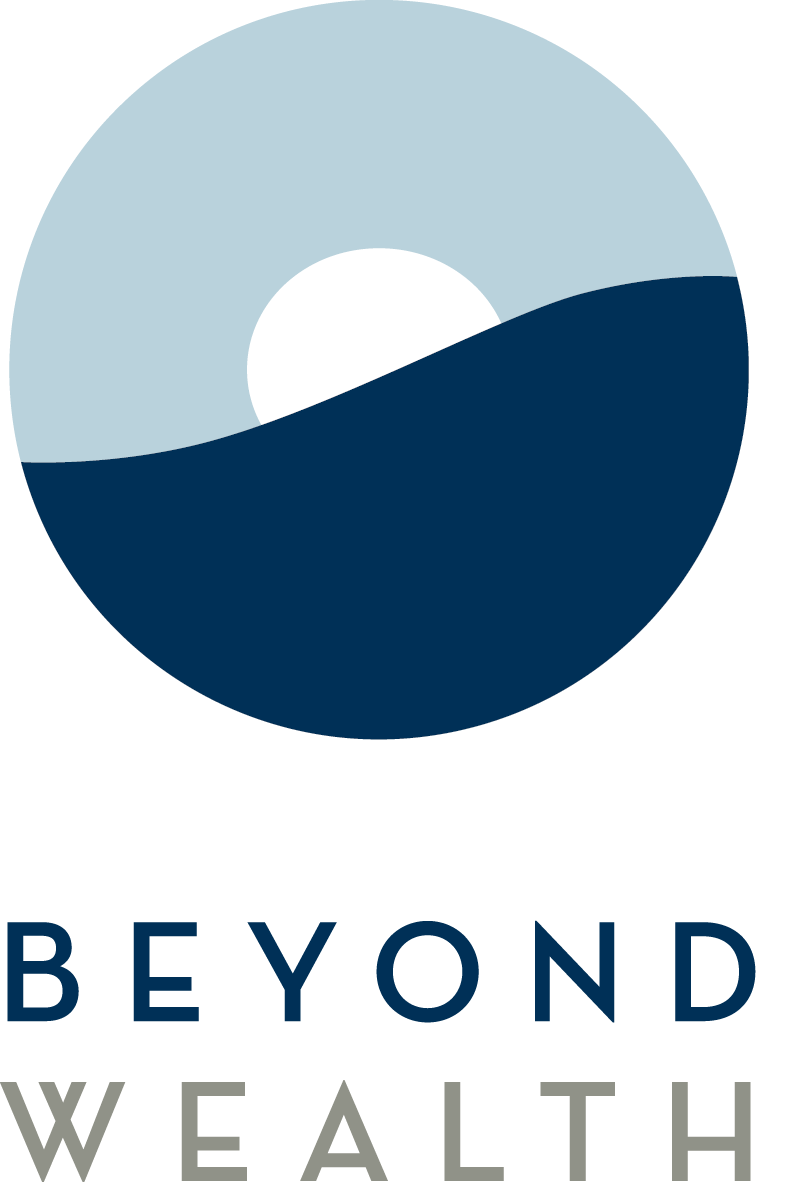A Guide For Your Excess Cash
Having extra cash is a great problem, but we know that for some, excess cash can cause anxiety if it sits in the bank without a specific use in mind. Whether that cash has built up due to reducing expenses, an increase in income, or a recent windfall, in today’s interest environment, you can no longer let your cash sit idle. We’ve frequently found ourselves answering the question of what to do with extra cash over the last few months. While there is no one-size fits all answer, we’ve outlined a few points below that will get you in the right direction. While many of these suggestions are simple, they do take some intentionality on your part.
Emergency Fund & Short-Term Goals
Let’s start with square one, how much money do you need to have in savings? We recommend that you have a fully funded emergency fund with three to six months of living expenses set aside. You should be sure to consider your short-term goals too. Short-term goals are any large purchases you anticipate within the next 18 months. This could be a trip to Disney or Europe, a home renovation, or a new car purchase.
Sometimes you want a specific dollar amount in your savings account to help you sleep at night. If your sleep-at-night number is significant, like $100,000, because you feel like that is a comfortable number, let us help you put some parameters around those figures to ensure you’re not losing out on other opportunities. Not knowing what your three to six months of expenses are and picking an arbitrary round number to make you feel comfortable may be holding you back from earning better returns.
Any excess savings outside your emergency fund or upcoming expenses (18 months or less) should be invested in your Future Opportunity Fund. Remember, your Future Opportunity Fund investments can be conservative or aggressive depending on the intended use of these funds.
Cash Management Strategy
Now that you know how much is needed in your savings, you need to know where to keep this cash. Your cash management strategy should include a mix of high-yield savings, money market funds, and short-term government bonds. High-yield savings accounts and money market funds will work great for most people.
High-yield savings accounts are typically offered by online banks which are FDIC insured. These rates are higher than what you’ll find at a brick-and-mortar bank but lower than what you can earn in money market funds. If you want only to use an online high-yield savings account, you’ll be capturing most of the benefits of today’s higher interest rates. This is great if you want to DIY it.
Money market funds generally have greater yields than online savings accounts. For higher-income households, money market funds can be more tax efficient if you’re using a municipal money market fund. This type of fund invests in tax-free municipal bonds where the interest earned is not taxed. Both taxable and municipal money market funds can be held in your brokerage account at Schwab. Cash invested in a money market fund can be returned to you in two days.
Short-term US government bonds are another tool you can use as part of your cash management strategy. We use these investments when a specific dollar amount and time frame are tied to a goal. For instance, if you plan to spend $75,000 to remodel a bathroom in nine months, we can purchase a US government bond that matures in nine months. Government bonds offer similar returns to taxable money market funds. They do offer one tax benefit, in that interest earned is not subject to state income taxes.
Don’t Fall In Love With Higher Saving Rates
Savings and money market fund rates are better than they have been in decades, and we are catching clients who are focusing on only short-term investments because it looks so attractive relative to where they have been. We can’t emphasize enough that you should maximize your returns within your emergency fund and short-term goal savings with these safe investments. What you want to avoid is thinking that these options are the only game in town. Just because short-term rates are attractive does not mean that you should deviate from your investment strategy in your retirement accounts or Future Opportunity Fund.
Don’t Forget the Basics
There are a few items that should be in order before you spend or invest your extra cash. Beginning with your debt situation. You’ll want to review the interest rates you pay on your mortgage, car loans, and credit cards. If your debt interest rates are lower than what your money could earn with your cash management strategy, you might want to do an evaluation. It could be more beneficial to make the minimum debt payment and place any extra payments you had planned in an online savings account to earn a higher interest rate than the debt’s interest rate.
Before putting your cash in your cash management strategy or Future Opportunity Fund, you should optimize your workplace retirement plan contributions. If you are not subject to the phase-out limits, contributing the annual maximum to your Roth IRA is your next best step. If you earn too much to contribute to a Roth IRA, look at a Back Door Roth IRA. With both of these investment opportunities checked off your list, you should maximize any other employer benefits i.e. HSA, FSA, ESPP, etc.
Bottom Line
Ignoring where your excess savings is sitting is costing you real money. The past decade has conditioned us to overlook the interest we received because it was tiny even when we hyper-optimized it. For the $50,000 of cash you have sitting around you could be earning an additional $2,000 per year. That is enough to pay for your flights on your next family vacation.
Andrew Comstock, Chick-fil-A

